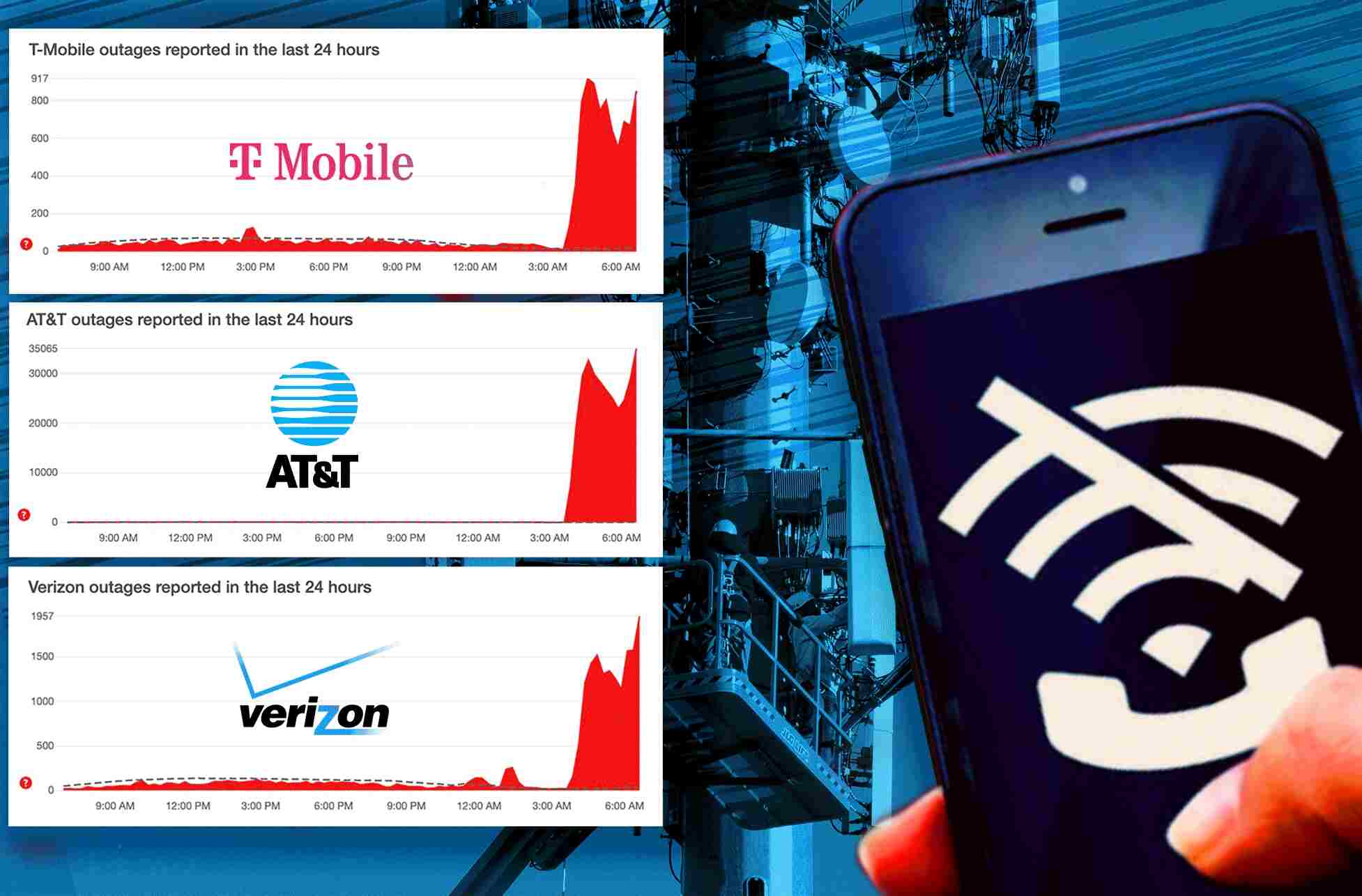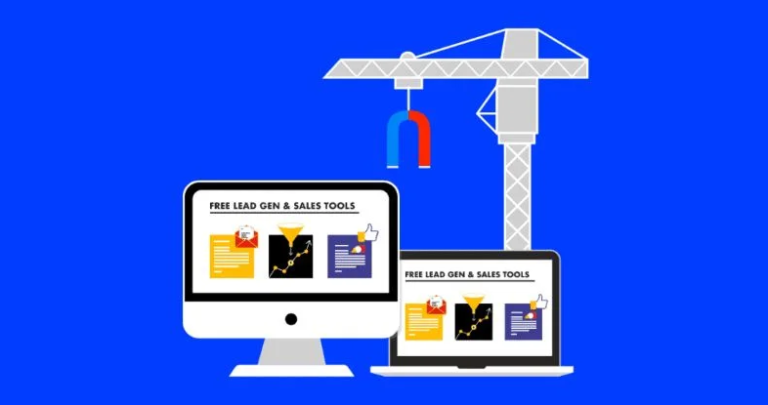Nationwide Cell Phone Outage Hits Today: Is Your Area Affected?
Imagine this: You’re going about your day, trying to make a call or send a text, and suddenly—nothing. No signal. No service. Just a spinning wheel of doom. It’s frustrating, right? Well, if you’ve been experiencing these issues lately, you’re not alone. A nationwide cell phone outage is happening today, and it’s affecting thousands of users across the country.
If you’re wondering whether your area is part of the outage, keep reading. We’ll break down everything you need to know and how to check if you’re affected. Plus, we’ve got some handy tips on what to do while you wait for things to get back to normal.
What’s Behind This Nationwide Outage?
So, what’s causing this major disruption? A nationwide cell phone outage can happen for several reasons, but usually, it’s down to one of the following:
- Network glitches: Sometimes, network issues or system overloads can cause a major hiccup in service. When lots of people try to use their phones at once, things can slow down or even crash.
- Natural disasters: Severe weather or other natural disasters can damage cell towers and infrastructure, leading to an outage in affected areas.
- Maintenance and upgrades: On occasion, telecom companies will take their network offline for maintenance or upgrades, which may cause short-term outages.
- Cyberattacks: Though rare, hackers can target large-scale systems, taking down networks for a period of time.
Whatever the cause, it’s clear this outage is impacting a large portion of the population, leaving many scrambling for answers.
Is Your Area Affected? Here’s How to Check
Before you jump into a panic, let’s see if your area is part of the outage. Here’s what you can do:
1. Check Your Phone
It sounds simple, but sometimes a solution is right in front of you. Try restarting your phone first. Turn it off for a few seconds, Then turn it back on. If it doesn’t work, see if you can connect via Wi-Fi. If your phone continues to failing to receive a signal, it is most likely due to an outage not your devices.
2. Visit Your Carrier’s Website
When there is a nationwide problem, most major carriers (including Verizon, AT&T, T-Mobile, and Sprint) will post updates on their websites. Look for a “Network Status” page or service messages regarding outages. If your carrier knows of the issue, they usually offer an approximate date for solution.
3. Check Social Media
Social media platforms like Twitter, Facebook, and even Reddit can be super helpful when it comes to figuring out what’s going on. Carriers often update their users about outages on these platforms. Plus, you can see if other users in your area are experiencing the same issues. A quick search for “#outage” along with your carrier’s name might give you the info you need.
4. Use Outage Tracker Sites
Websites like DownDetector or Outage.Report allow users to report issues in real-time. These sites can give you a good sense of whether a nationwide outage is happening and if it’s affecting your area.
Raed Also: How Local Auto Accident Attorneys Can Maximize Your
What Should You Do If Your Area Is Affected?
Now that you know whether or not you’re in the midst of an outage, what’s next? Don’t worry—there are still a few things you can do to stay connected and make the most of the situation.
1. Use Wi-Fi Calling
If your phone’s not working on cellular networks, check if you can use Wi-Fi to make calls or send texts. Many modern smartphones support Wi-Fi calling, which lets you make calls over your home or public Wi-Fi network. This could be a lifesaver if you’re stuck without cellular service.
2. Use Messaging Apps
Apps like WhatsApp, Facebook Messenger, or Telegram can help you stay in touch with friends, family, or coworkers. All you need is an internet connection. So, if your cell signal is down, you can still send texts, make voice calls, or even video chat with others.
3. Reach Out on Social Media
If you can’t get through to someone by phone, try sending them a quick message on social media. Most people check their social accounts regularly, so this can be an effective way to stay in the loop.
4. Keep Your Emergency Contacts Handy
If you haven’t already, it’s a good idea to write down important phone numbers or store them in a place where you can access them offline. This way, if your phone’s acting up, you’ve still got ways to reach emergency services or loved ones.
5. Be Patient
While it might feel like the world is crumbling without your phone, remember that these outages are usually temporary. Carrier companies are usually working hard to fix the problem. In the meantime, try to keep yourself busy and be patient—it won’t last forever!
How Long Will the Outage Last?
You can be thought “When will it be fixed?” What’s the answer? It depends. Some outages last a few hours, while others may take longer to resolve. Carriers frequently work around the clock to restore service as soon as possible. If the problem is caused by weather or a cyber-attack, it may take longer to restore service.
Keep an eye on your carrier’s website and social media for real-time updates on when service will be restored in your area.
Read Also: ChatGPT down?: Here’s What You Can Do in Details
Tips for Dealing with Future Outages
While today’s outage might catch you off guard, there are some steps you can take to be better prepared next time:
- Enable Wi-Fi Calling: If your carrier supports it, make sure Wi-Fi calling is turned on in your phone’s settings. It can help you stay connected during an outage.
- Download Offline Apps: Consider downloading apps that work offline, like maps or news apps, to stay informed when you’re cut off from the internet.
- Sign Up for Alerts: Many carriers offer text alerts or emails when there’s an outage or scheduled maintenance. Signing up for these notifications can give you a heads-up next time there’s a problem.
Conclusion
Cell phone outages may be quite difficult, especially when they happen unexpectedly on a broad scale. Don’t allow a lack of signal destroy your day. You may stay in touch and productive while the issue is being resolved by checking your carrier’s status, getting informed on social media, and using Wi-Fi calling or messaging apps. Don’t forget that patience is vital! Maybe the network will be up and running again soon.






